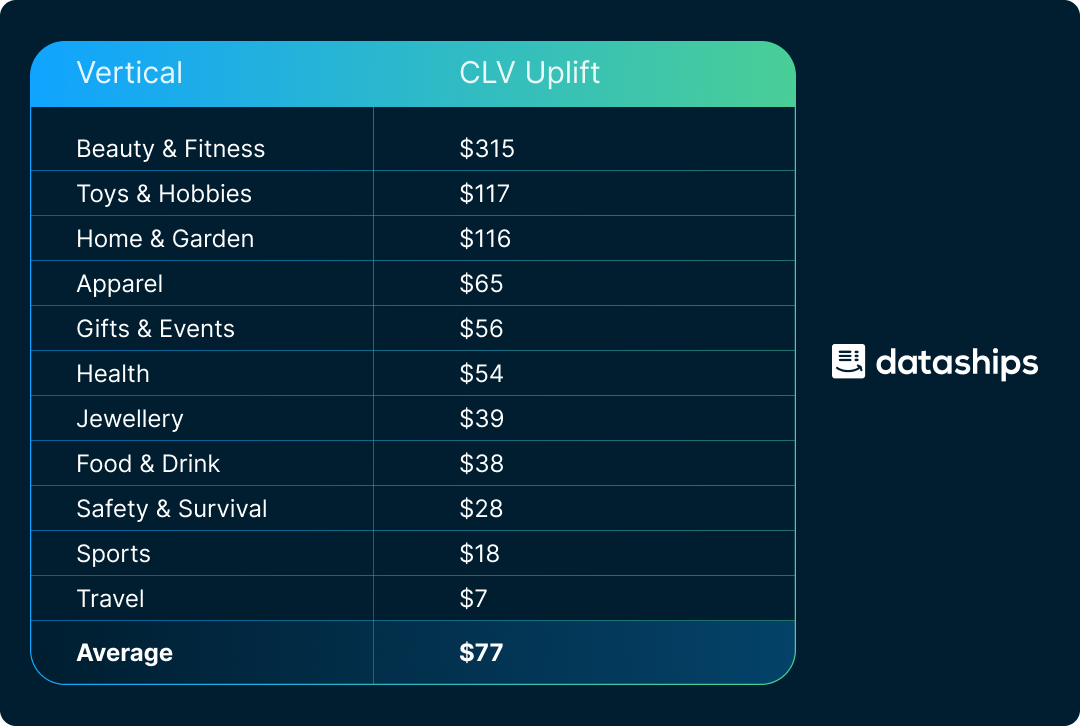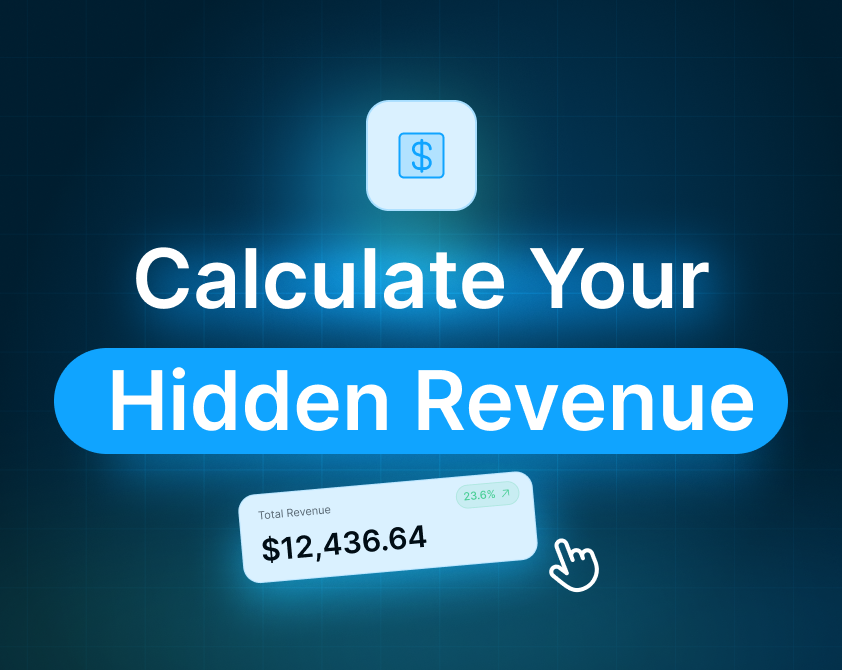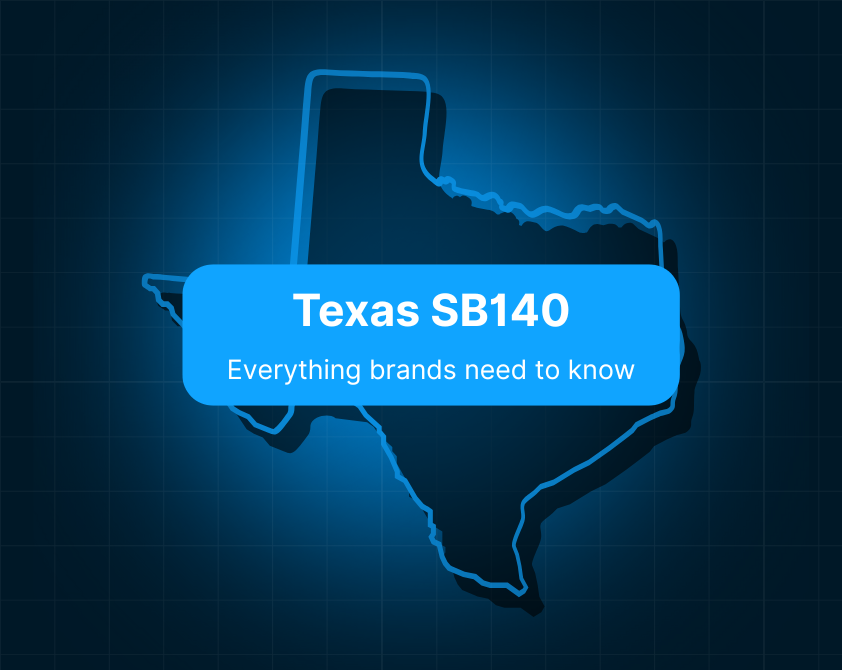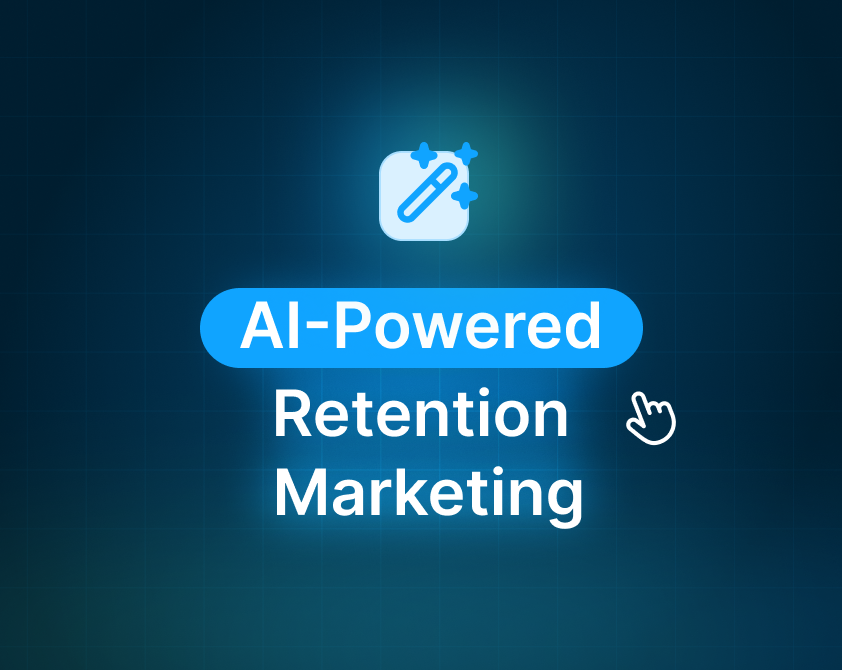The Checkout Consent Audit: How to Calculate Your Hidden Revenue Opportunity
Every completed purchase is a win, but what happens next can have an even bigger impact on your bottom line. When customers skip your email or SMS opt-in, they quietly slip out of your marketing reach, taking with them future revenue, valuable engagement data, and the opportunity to build a direct relationship.
Optimizing your consent process at checkout can turn these missed opportunities into long-term value. This guide will help you audit your current consent collection process, quantify how much revenue you’re missing from opt-outs, and reclaim hidden revenue by improving consent collection at checkout.
The Hidden Cost of Low Opt-In Rates
Most brands optimize their checkout processes for conversions. As a result, they overlook something just as critical: the consent collection happening (or not happening) during that final step in the purchase journey.
Average email consent rates at checkout sit at around 50% in the U.S. and drop below 20% in EU markets. SMS opt-ins are even lower, with most brands seeing less than 1% of customers agree to receive text updates in the US, where double opt-in is required.
Low opt-in rates create four key retention challenges:
- Lost reach through owned marketing channels: Without email or SMS consent, you can't reach customers through your most cost-effective channels. Instead, you're forced to rely on paid ads — essentially paying to re-acquire someone who has already purchased.
- Fewer behavioral signals: Subscribers generate valuable engagement data, like email opens, click-throughs, offer resonance, and purchase patterns. Non-subscribers leave you blind to their preferences, making personalization nearly impossible.
- Higher re-engagement costs: Chasing non-subscribers through paid channels drives up your cost per repeat purchase. Sending an email costs pennies, whereas retargeting with Facebook ads costs dollars.
- Poor performance across the customer lifecycle: Your post-purchase flows and retention campaigns reach a smaller, potentially less engaged audience. This leads to lower conversion rates, shorter customer lifecycles, and reduced ROI across your entire lifecycle marketing strategy.
The numbers tell a clear story: Customers who join both email and SMS lists deliver approximately 42% higher LTV than those who don't. They're more likely to return for a second purchase, spend more per order, and remain active customers longer.
Even minor improvements in opt-in rates deliver outsized returns. A 5% increase in opt-in rate can produce a measurable lift in repeat purchases and retention ROI. Imagine what a 50-60% lift, which is not atypical, would look like. This makes optimizing consent collection one of the highest-leverage moves for long-term growth.
Audit Your Opt-In Performance
Before calculating your missing revenue, collect key metrics to understand:
- The number of customers you could reach post-purchase
- The value those customers bring
- Where your consent strategy may need improvement
As you review these metrics, ask yourself:
- Are enough of the right customers opting in?
- Are your opt-in channels performing at their full potential?
We'll show you how to gather all the data in this section from your Shopify or ESP, using Klaviyo as an example, where applicable.
#1. Marketing Consent Rate at Checkout
What to collect: The % of customers opting into email and/or SMS at checkout.
Where to find it:
Shopify:
→ Go to Customers > Accepts marketing
→ Export customer list
→ Filter by acquisition source
Klaviyo:
→ Go to Lists & Segments > Engaged Subscribers
→ Filter by "source = checkout"
How to self-assess: If your opt-in rate is below 50% for email or close to 0% for SMS, your consent experience may be too easy to ignore and not visible enough during checkout.
#2. Subscriber vs. Non-Subscriber CLV
What to collect:
- Average order value (AOV) for subscribers and non-subscribers
- Repurchase frequency over the last 12 months for each group
Where to find it:
Shopify:
→ Go to Analytics > Reports > Customer cohorts
→ Filter by tag ("subscribed", "not subscribed") to split cohorts
→ Use the report to pull AOV and repurchase rate
CLV = AOV × Repurchase Frequency
CLV Uplift = Subscriber CLV – Non-Subscriber CLV
How to self-assess: A high CLV uplift (e.g., $50–$100+) means your owned marketing program drives real value: marketing subscribers are worth much more than non-subscribers.
A low or flat uplift can go either way; it could mean your non-subscribers are also highly engaged or that your marketing program needs improvement. Compare your uplift to industry norms for context.

#3. Engagement Rates
What to collect:
- Email/SMS open rates
- Click-through rates
- Campaign-linked AOV
Where to find it:
Shopify:
→ Go to Marketing > Campaigns
→ View results for email/SMS campaigns
→ Drill down by customer segment if tagging is set up
Klaviyo:
→ Go to Campaigns > Reports
→ Filter by list or segment (e.g., subscribers from checkout)
How to self-assess: Use this to validate the quality of subscribers you currently capture. High engagement suggests that you're attracting the right customers at checkout rather than just focusing on volume.
#4. Opt-In Rate by Channel
What to collect:
- Opt-in rate by capture method (checkout, popup, quiz, etc.)
- Subscriber volume from each source
Where to find it:
Shopify:
→ Use tags or notes in the customer profile to identify opt-in source
Klaviyo:
→ Check Sign-up forms > Performance for non-checkout sources
How to self-assess: If your checkout opt-in rate is lower than other sources, there may be a UX or placement issue.
Quick Assessment:
Strong across all four metrics?
↳ You're performing well, but could capture more revenue by increasing your subscriber volume.
Weak conversion but strong engagement?
↳ Your opt-in process is the bottleneck. Improve your checkout experience to capture more high-quality subscribers.
Strong conversion but weak engagement?
↳ You're attracting signups, but not the right audience. Refine your messaging or retention tactics to boost engagement.
Weak across the board?
↳ You have a major opportunity to make improvements. Revisit your opt-in strategy and post-purchase campaigns.
Quantify the Cost of Low Opt-Ins
Once you have your opt-in rate and CLV data, it's time to translate those numbers into potential revenue upside. Here's how to run the math step by step:
Step 1: Quantify Your Opt-Outs
See how many customers did not subscribe in your chosen time period (e.g., last 30 days).
Opt-Outs = Total Customers – Subscribed Customers
If you had 10,000 customers in that period and 6,000 of them opted in to marketing, then the remaining 4,000 are your opt-outs.
Step 2: Find Your CLV Uplift
Next, use the subscriber vs. non-subscriber CLV figures from your audit to quantify how much more value a subscriber represents.
CLV Uplift = Subscriber CLV – Non-Subscriber CLV
For instance, if the average lifetime value is $110 for a subscribed customer and $40 for a non-subscriber, your CLV uplift is $70. This number captures the extra revenue a subscriber is expected to generate over their lifetime.
Step 3: Calculate the Missed Revenue
Now, multiply the number of opted-out customers by the CLV uplift. The result is a rough estimate of how much future revenue you're leaving on the table.
Missed Revenue = Opt-out Count × CLV Uplift
Using our example numbers: 4,000 opt-outs × $70 uplift = $280,000 in missed revenue.
That's $280K of potential CLV that you're foregoing, purely because those customers aren't reachable via your own marketing. The good news? You can recover this revenue simply by fixing your checkout consent experience, without pouring money into more ads or heavy discounts.
Even if your opt-in rate is already at or above average, remember that every percentage point gained equates to real revenue growth.
Consider Benchmade, an industry-leading knife and tool company — it added 2,448 incremental email subscribers at checkout by optimizing its consent collection process. Each of those subscribers had a lifetime value about $51 higher than a non-subscriber, translating to roughly $124,000 in projected incremental revenue from that group alone.
Reclaim Revenue by Optimizing Checkout Consent with Dataships
The fastest way to grow your retention revenue isn't adding a new flow, discount, or subject line. It's changing how you collect consent.
The fix isn't a massive overhaul — it just requires implementing Dataships' optimized consent collection right where the transaction happens.
Dataships handles all the legal requirements and local regulations in your markets. For email, we use dynamic, region-specific checkboxes that adjust based on the customer's location and channel, so you stay compliant with laws like GDPR, TCPA, and CCPA. For SMS, we replace the typical "Reply Y" double opt-in flow with a one-step verification code during checkout so consent is confirmed immediately, without any drop-off.
The results speak for themselves:
- Benchmade achieved a 97% email opt-in rate with Dataships, forecasted to generate close to $530k in realized revenue over 12 months.
- IQBAR improved its email and SMS capture at checkout by implementing Dataships and saw a 36% repeat purchase rate among those new subscribers, translating to a 5x ROI on their retention efforts.
A/B Test Dataships in Your Checkout Flow
Want proof it works?
Run your current opt-in experience against Dataships' plug-and-play module — set up in Shopify in minutes with zero custom dev work required. We show you how the one-click, region-compliant experience compares to your existing setup through a side-by-side comparison of opt-in rates, customer LTV, and revenue from marketable customers.
Change how you ask for consent and create money out of thin air. Start A/B testing with Dataships.














